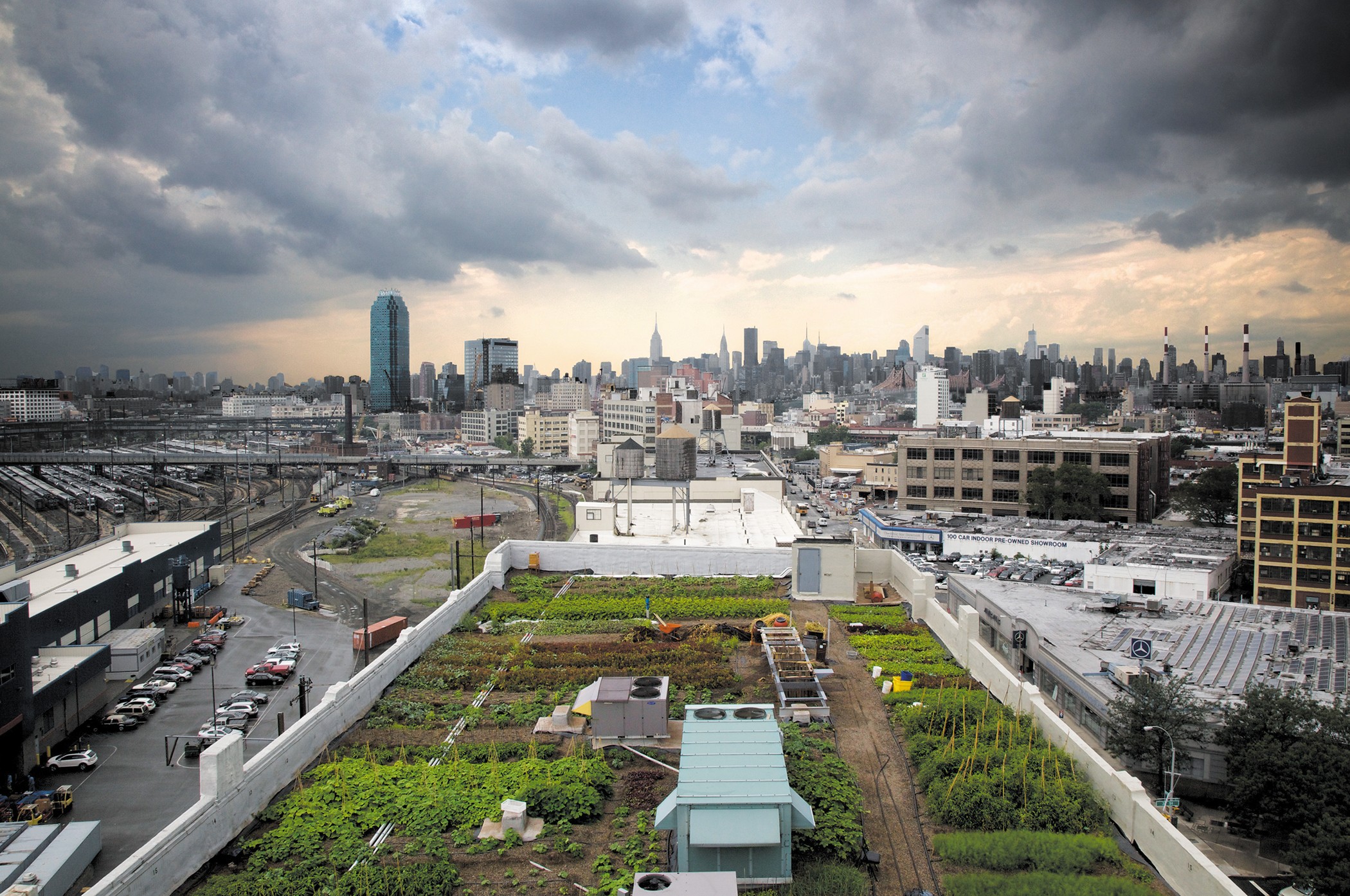The Best Guide To City Blooming
The Best Guide To City Blooming
Blog Article
City Blooming Things To Know Before You Buy
Table of ContentsThe Of City BloomingA Biased View of City BloomingCity Blooming - An OverviewUnknown Facts About City Blooming7 Simple Techniques For City Blooming
Intrigued in expanding food for sale in the City of Chicago? Below is a list of often asked inquiries pertaining to the guidelines and policies that growers should take into consideration when intending a metropolitan agriculture job.
The zoning change does not customize any type of other codes taking care of composting, structure authorizations, acquiring or renting City possessed residential or commercial property, company licenses or ecological contamination. There are existing codes that control these problems and they continue to be completely effect and might apply to your project. Area yards are usually possessed or taken care of by public entities, civic organizations or community-based organizations and kept by volunteers.
Urban farms expand food that is intended to be offered, either on a not-for-profit or for-profit basis. Due to their industrial objective, city farms require a business license. Yes. An area yard is permitted to market excess produce that was expanded on website if the sales are accessory or subservient to the yard's main purpose explained over.
The Ultimate Guide To City Blooming
Composting is enabled but just for plant product that is produced and made use of on website. The quantity of garden compost product can not go beyond 25 cubic yards at any offered time according to the criteria in 7-28-715 of the City's Municipal Code. Yes. Because the soil at a lot of brand-new yard sites needs changing, garden compost, dirt, wood chips, or other products can be obtained to create or boost the growing room - garden care.

If a building authorization is needed then the hoophouse will be thought about an accessory building. You can figure out even more concerning the building license demands by speaking to the Department of Structures. The 25,000-square-foot dimension limitation is planned to prevent a single neighborhood yard from dominating an offered block or diminishing the block's existing domestic or commercial personality.
The limitation does not put on yards located in Public Open Space (POS) districts. Can there be even more than one neighborhood yard that is 25,000 square feet on a single block? Yes. The dimension restriction uses to individual gardens, not to specific blocks. No. Fencing is not required, nevertheless, gardens that have big car parking areas might be called for to install fence or other landscaping attributes.
A Biased View of City Blooming
B1 & B2 areas require that all industrial use tasks be performed inside your home. R districts restrict commercial task. The laws reflect the purpose and intent of the Zoning Code. Is fence required for metropolitan ranches? Yes. Fences may be called for, in addition to landscape design and screening, for sure parking lot and outdoor work or storage areas relying on area and the details activity occurring.
Yes. Urban farms call for structure permits and zoning approvals before building and construction. Other kinds of city review may be called for relying on certain structures, activities, dimension, landscaping, licensing, public heath and stormwater administration concerns. A lot of these demands are identified in the project layout or allowing procedure, nonetheless, the candidate might be accountable to separately recognize particular licenses or permits that might be called for.
The Division of Company Matters and Customer Protection can help figure out the details kind of service permit that's called for. Off road car park is required for the majority of business jobs in Chicago. The needed number of car parking areas is based on the number of staff members working on site and not the square footage of the expanding room.
The Single Strategy To Use For City Blooming

A metropolitan ranch can market garden compost material generated on site, nonetheless, the operation has to abide with the regulations in 7-28-715 of the Chicago Municipal Code. Aquaponic systems are permitted indoors on urban ranches in many zoning districts.
Up to 5 hives or swarms of honey bees might be kept as an accessory use. Nevertheless, beekeepers should sign up with the Illinois Department of Agriculture. To find out more regarding the recommended zoning modification you may get in touch with the Division of Real Estate and Economic Growth, Bureau of Planning and Zoning at go to these guys 312.744.8563.
Farming in cities and city areas A city farm in Chicago. Urban agriculture refers to various practices of growing. https://cityblooming.start.page, processing, and dispersing food in urban locations. The term additionally uses to the location activities of pet husbandry, tank farming, beekeeping, and gardening in an urban context. Urban farming is differentiated from peri-urban farming, which occurs in backwoods at the side of residential areas.
The 6-Minute Rule for City Blooming
It can entail a movement of natural cultivators, "foodies" and "locavores", who look for to develop social networks started on a common values of nature and neighborhood holism. These networks can develop using official institutional assistance, ending up being integrated right into regional town as a "transition community" activity for sustainable urban development.
The more direct access to fresh veggie, fruit, and meat products that may be know with urban agriculture can enhance food safety and food safety and security while lowering food miles, causing reduced greenhouse gas exhausts, therefore adding to environment change mitigation. Some of the initial evidence of metropolitan agriculture comes from Mesopotamia.
Report this page